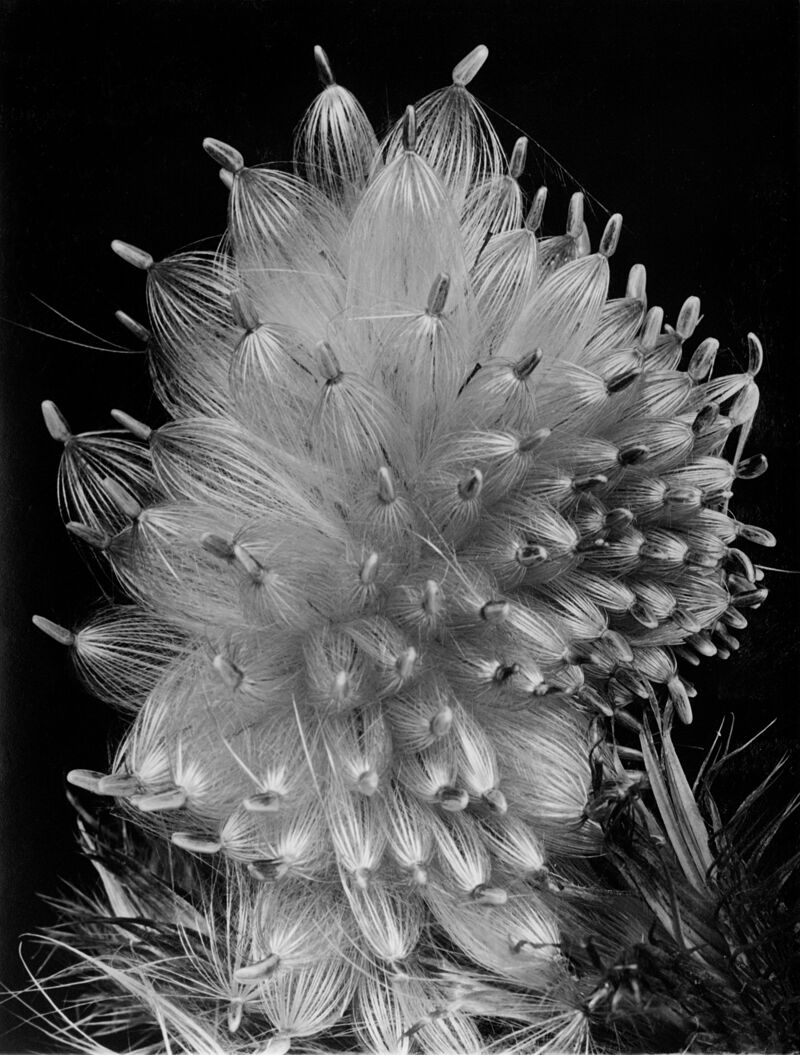
Dive deeper into the art world
Los Angeles County Museum of Art
Collecting as a Mirror of Time
Augsburg, Schaezlerpalais
Golden times: The Fuggers as patrons of the arts
On the 500th anniversary of Jakob Fugger's death on December 30, the Schaezlerpalais is commemorating him as a patron of the arts: the wealthy merchant family commissioned numerous artists of their time. The exhibition Art’s Rich Heritage: Jakob Fugger and his Legacy runs until April 12, 2026, in Augsburg.
December 17, 2025








